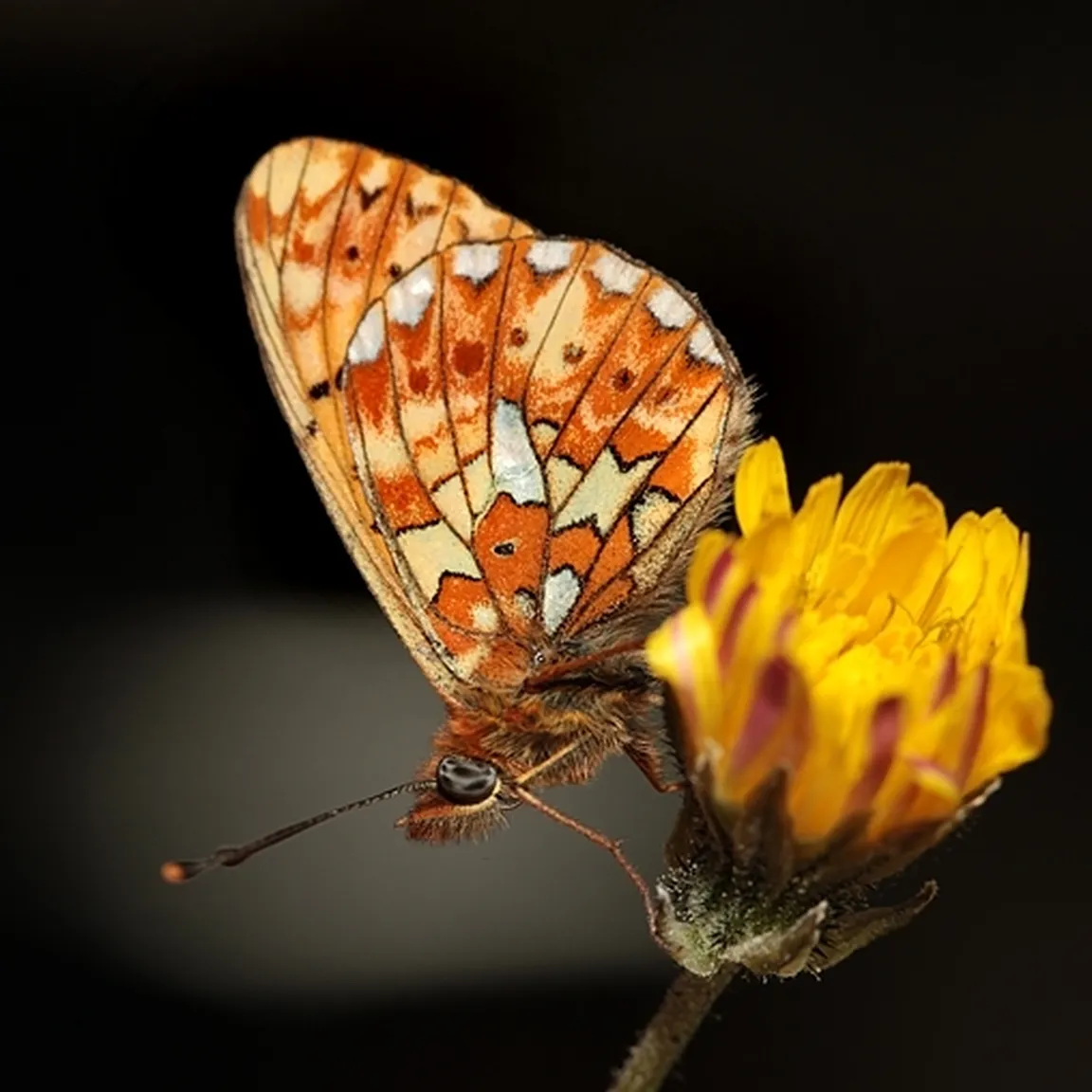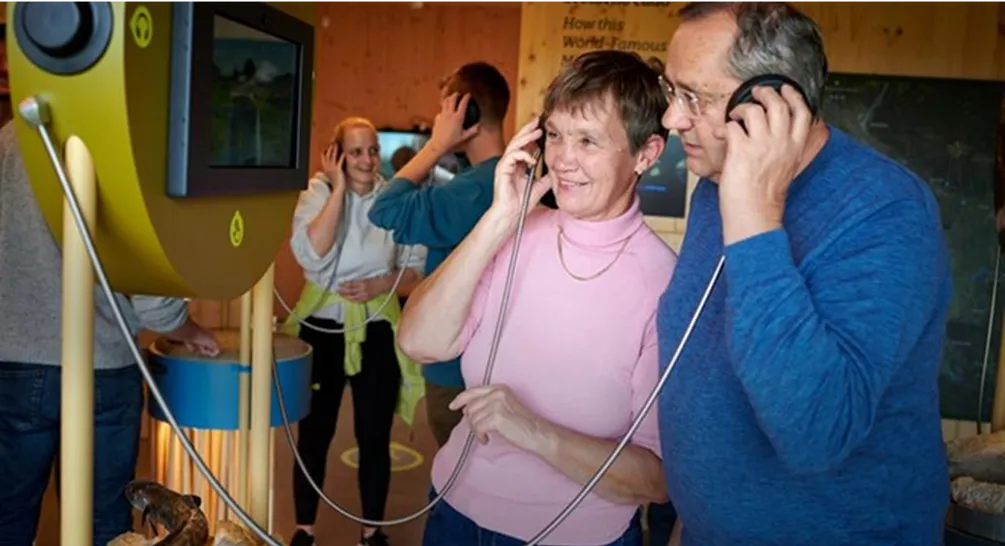Wingspan: 33–41 mm
Flight period of butterflies: in one generation from April to July
Larval food plants: species in the Viola genus (Viola)
The spring fritillary (Boloria euphrosyne or Clossiana euphrosyne) lives in various types of richly flowering meadows and along forest edges with plenty of flowers. It prefers landscapes that are structured, where extensive meadows interweave with deciduous or mixed forests.
In Slovenia it is most common in the mountainous region of Carinthia and in the Škofja Loka Hills and the Polhov Gradec Hills. Elsewhere in the country, especially in the east, the species is quite rare or even absent. The species is not yet endangered in our country, but it is locally widespread and never occurs in large numbers, so it is possible that due to increasing intensive use of meadows, encroachment of forest edges and excessive machine mowing of roadside verges, the distribution area of the spring fritillary here in the future may decrease.
The upper side of the wings of the spring fritillary is orange. It is adorned with a pattern of black stripes, blotches, and spots. For this species it is characteristic that the triangular and sub-quadrate black blotches, which are arranged in two rows along the outer edge of the upperside of the forewings, do not touch each other. We will recognize it most reliably by the color and pattern of the underside of the wings. Here, in the band of orange angular spots on the inner third of the wings, one can observe a black blotch. Similarly, but larger, blotches are also present on the Silver Fritillary, but the spring fritillary in the band of yellow angular spots that follow has only one silver spot, while the Silver Fritillary in that band has more silver spots. In addition, the round spots are arranged along the outer edge of the underside of the hindwings in the spring fritillary brick-red.


